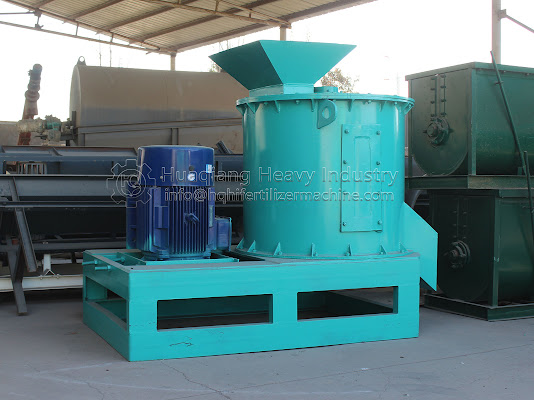What should fertilizer equipment manufacturers pay attention to when transporting organic fertilizer equipment?
The core principle for fertilizer equipment manufacturers when transporting organic fertilizer equipment is "four protections and one label"—moisture protection, rust protection, shock protection, and prevention of accidental disassembly, plus complete labeling. Specific practices are as follows:
Moisture Protection: Motors and electrical control cabinets should first be covered with double-layer PE bags and desiccant. Replenish the desiccant if the humidity card reading is >40%.
Exposed machined surfaces (shaft ends, flanges) should be coated with hard-film anti-rust wax, then covered with anti-rust composite paper. This allows for 90 days of salt spray resistance during sea transport.
Rust Protection: Finished parts should be disassembled and packed separately with an inner layer of bubble wrap, an outer layer of stretch film, and an inner VCI anti-rust bag.
During hot and rainy seasons, spray a dehydrating anti-rust oil once before shipment to prevent condensation and rust during transportation.
Shockproofing: The main unit base is secured to the container or truck bed with a 10t ratchet tightening strap in a crisscross pattern, with rubber pads and foam wedges at the four corners. Impact acceleration during transport is ≤0.5g. Bearing seats, gearboxes, and other vulnerable parts are braced with wooden strips to prevent loosening during long-distance travel.
Anti-Disassembly and Inventory: Bolts, covers, and small motors of the same specifications are grouped together in the "Accessories Compartment" of the wooden crate, accompanied by an exploded view and a numbered list. Random documents (certificate of conformity, CE/explosion-proof certificate, foundation drawing) are affixed to the inside of the packaging box in waterproof bags to prevent them from being discarded with the outer packaging during unloading.
Marking and Transportation Environment: The exterior of the box is marked with "Center of Gravity," "Lifting Point," "Moisture-proof Upward," and gross weight. RFID tags are affixed, and GPS tracking is implemented throughout the journey. Enclosed vans or high-cube containers are used. During the rainy season, a rainproof tarpaulin is added. The transport temperature is -10~50℃, and the humidity is <75%, to prevent condensation inside the box due to large temperature differences between day and night.
By following the above points, the transportation damage rate can be controlled to within 0.3%, and the on-site installation success rate can be increased to over 98%.




Comments
Post a Comment